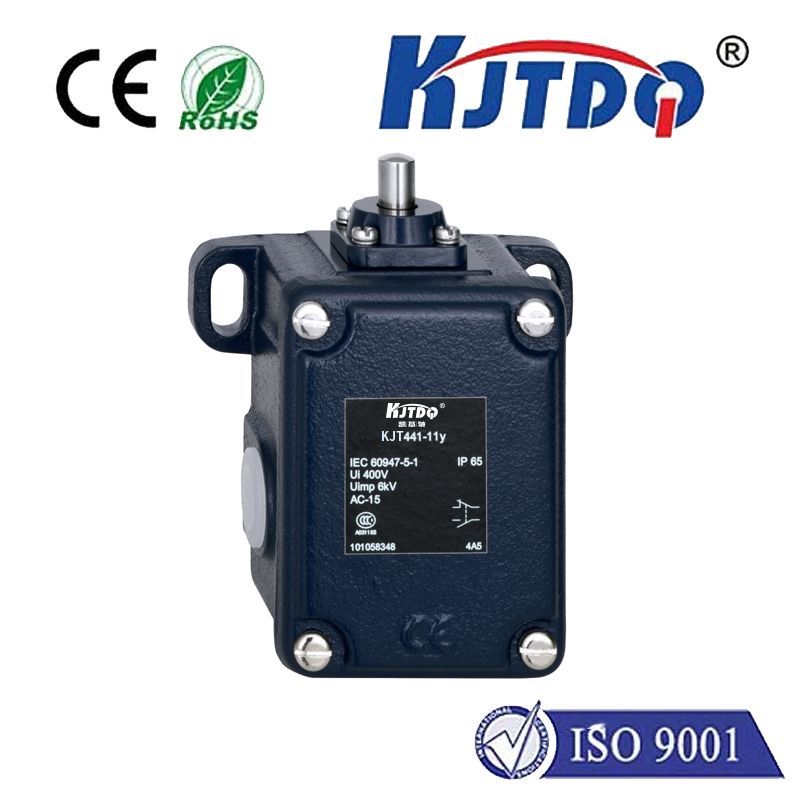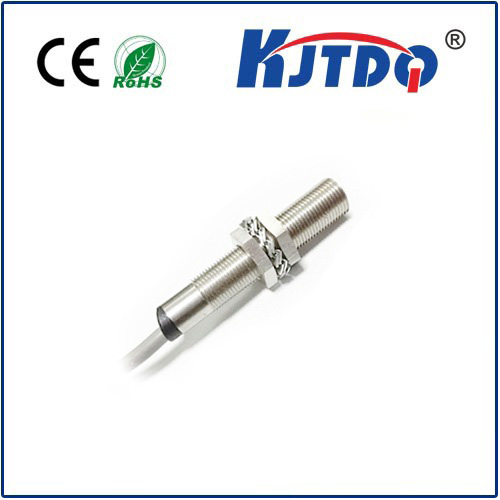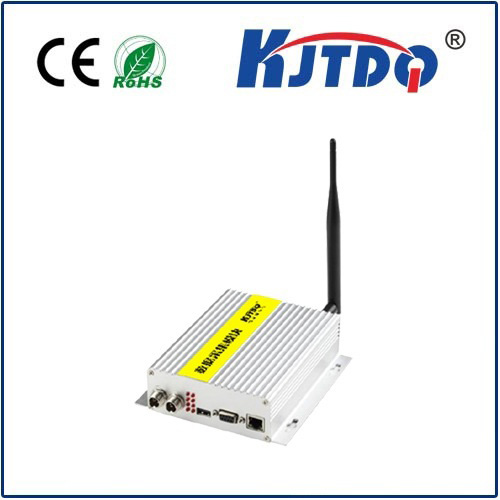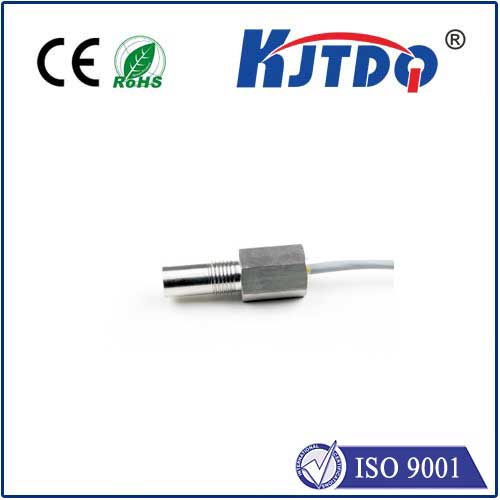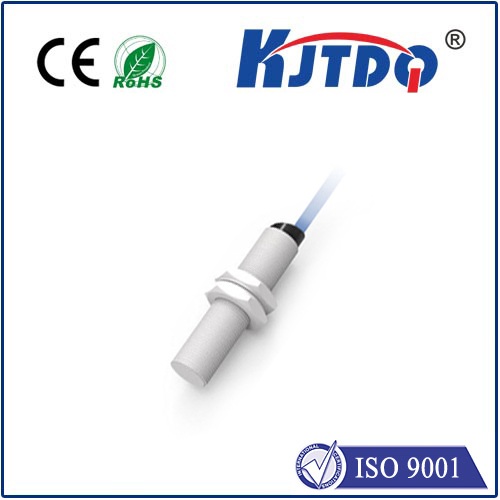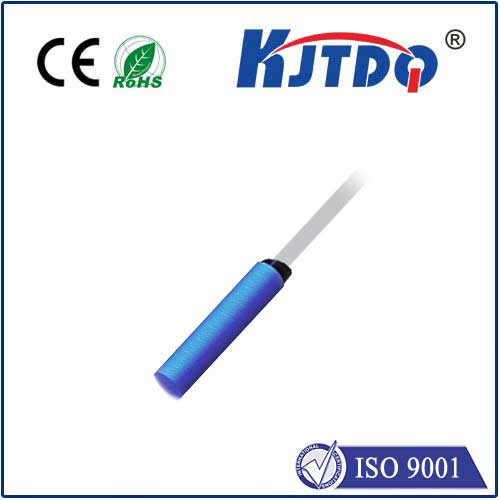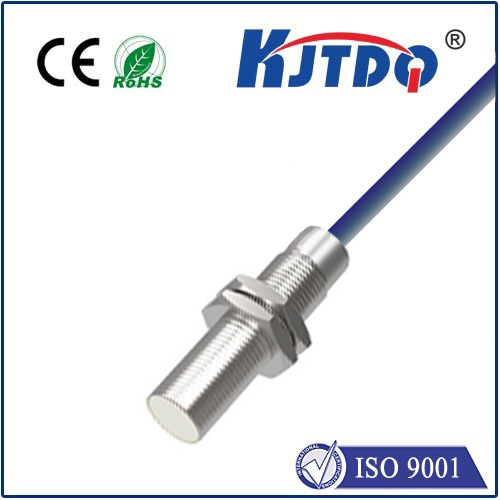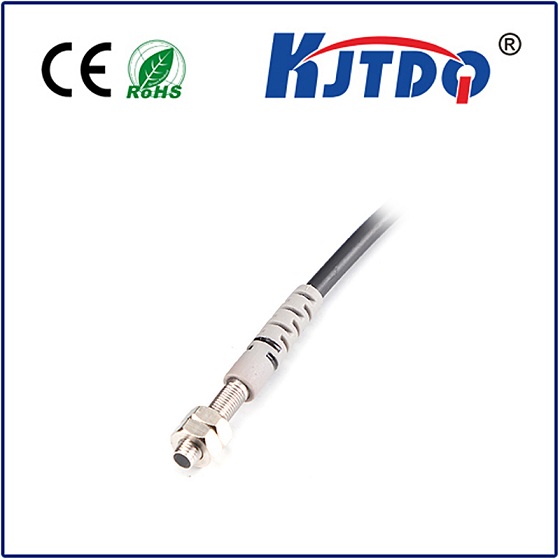E3Z-T81A-M1J 0.3M diffuse sensor with background suppression
- time:2025-09-26 00:24:25
- Click:0
Unlock Reliable Detection: Your Guide to the E3Z-T81A-M1J 0.3M Background Suppression Sensor
Imagine an automated machine flawlessly handling products of varying colors, sizes, and textures on a conveyor riddled with clutter. Or a robotic arm precisely picking components from a densely packed bin, unaffected by the container walls behind or surrounding objects. This level of consistent, reliable object detection isn’t magic – it’s the power of specialized sensors like the Omron E3Z-T81A-M1J, a 0.3-meter range diffuse photoelectric sensor featuring advanced background suppression (BGS) technology. Understanding this sensor is key to solving common automation headaches.
Moving Beyond Simple Diffuse Sensors
Standard diffuse photoelectric sensors operate on a simple principle: the sensor emits light (usually red visible or infrared), which reflects off the target object back to the sensor’s receiver. Detection occurs when this reflected light intensity surpasses a set threshold. While simple and cost-effective, these sensors have a significant limitation: they detect any reflective surface within their range, including backgrounds, conveyor belts, underlying machinery, or nearby structures. This often leads to false triggers – detecting the background when no target is present, or failing to detect a dark target against a reflective background. Reliably distinguishing the target from its surroundings becomes difficult.
Enter Background Suppression (BGS): The Intelligent Difference
This is precisely where the E3Z-T81A-M1J sensor shines. Background Suppression is a sophisticated optical triangulation technique that fundamentally changes how the sensor “sees”. Unlike a standard diffuse sensor measuring only total reflected light intensity, a BGS sensor analyzes the angle at which the reflected light returns.

- Triangulation Principle: The emitter and receiver are positioned at a specific angle relative to each other within the sensor head. Light emitted hits the target and reflects back. The distance to the target determines the specific angle at which the reflected light hits the receiver lens.
- Distance Discrimination: The sensor’s internal optics and electronics are finely tuned to analyze this incoming light angle. It essentially creates an invisible, sharply defined sensing plane at its set sensing distance (0.3 meters for the E3Z-T81A-M1J). Only objects on or inside this specific plane trigger detection.
- Ignoring the Background: Objects located beyond this set sensing distance (the background) reflect light back at a shallower angle that the receiver optics reject. Objects closer than the set point reflect light at a steeper angle, also outside the acceptance window. This precise angular filtering allows the sensor to detect targets at its configured range while ignoring objects both nearer and farther away.
The E3Z-T81A-M1J Advantage: Specs That Matter
Omron’s E3Z-T81A-M1J embodies this robust technology in a compact, reliable package designed for industrial environments:
- Sensing Range: Optimized for 0.3 meters (300mm) - ideal for close-proximity detection tasks common in packaging, assembly, and material handling.
- Visible Red Light Emission: Facilitates easy setup, alignment, and troubleshooting, as the light spot is clearly visible on the target.
- Background Suppression (BGS): The core feature enabling reliable detection in cluttered environments and on varying backgrounds.
- IP67 Degree of Protection: Dust-tight and resistant to temporary immersion, ensuring durability in harsh conditions like washdown areas or dusty factories.
- Stable Detection: Engineered for consistent operation unaffected by target color, material, or surface finish within its effective range – reliably detects matte black similar to shiny white.
- Compact Size: Allows for installation in tight spaces where larger sensors won’t fit.
- M12 Connector (M1J Suffix): Ensures secure, standardized wiring connections.
- Easy Adjustment: Simple potentiometer or teach-button models (depending on variant) for straightforward range setting.
Where the E3Z-T81A-M1J 0.3M BGS Sensor Excels
This sensor solves problems standard diffuse sensors struggle with. Key application areas include:
- Packaging Lines: Detecting products reliably on diverse conveyor materials (dark belts, shiny rollers, chain conveyors) without false triggers from the machinery underneath. Detecting cases or trays regardless of surface color or labels.
- Assembly & Robotics: Precise part presence verification for grippers or at workstations, even when components are presented against machine backgrounds or in bins with varying depths. Ensuring accurate pick-and-place by confirming the part is correctly acquired.
- Material Handling: Detecting objects on pallets, elevators, or slides without being confused by the pallet structure or surfaces below.
- Small Object Detection: Verifying the presence of small components, parts, or lids within its 300mm range with background immunity.
- Overlap Detection: Identifying when materials overlap incorrectly on a conveyor or feed line.
- Challenging Environments: Performing consistently where dust, dirt, or vibration are factors, thanks to its IP67 rating and robust design.
Why Choose BGS? Tangible Benefits for Your Application
Implementing an E3Z-T81A-M1J sensor translates directly into operational advantages:
- Eliminate False Triggers: Dramatically reduce machine downtime and errors caused by background detection, leading to higher throughput and productivity.
- Enhanced Reliability: Achieve stable, dependable detection irrespective of target color, texture, or background conditions. Consistency is king in automation.
- Simplified Installation & Setup: Setting the exact sensing distance (0.3m) and leveraging visible red light make initial setup and troubleshooting significantly faster and easier than traditional methods.
- Versatility: Handle a wider variety of objects and applications with a single sensor type, reducing inventory complexity.
- Robustness: The IP67 protection ensures long-term operation in demanding industrial settings.
- Cost Efficiency: Reduce engineering time related to solving difficult detection problems and minimize costly production stoppages due to sensor errors.
Making the Most of Your E3Z-T81A-M1J Sensor
To ensure optimal performance when integrating this powerful diffuse photoelectric sensor:
- Focus the Beam: During setup, ensure the visible red beam is correctly focused on the target surface at the desired 0.3m sensing point.
- Precise Distance Setting: Carefully teach or adjust the sensor at the exact required distance (0.3m) against the target surface you want to detect. Background suppression performance hinges on this calibration.
- Consider Surface Angles: Very steep angles on the target can reflect light away from the receiver.
- Avoid Extreme Environments: While robust, prolonged exposure to temperatures outside its operating range or corrosive chemicals should be avoided.
Smart Detection for Complex Challenges
The Omron E3Z-T81A-M1J diffuse sensor with background suppression represents a significant leap forward from basic diffuse photoelectric sensors. Its ability to ignore backgrounds and foregrounds defines a sharp detection plane at 300mm, unlocking reliable, stable detection in applications where standard sensors falter. Whether you’re battling false triggers on variable conveyors, ensuring precise part placement in assembly, or verifying small components in cluttered bins, the 0.3M range and robust BGS technology of the E3Z-T81A-M1J offer a compelling solution that improves machine reliability, boosts productivity, and simplifies automation challenges. Investing in this level of sensing intelligence is investing in smoother, more






